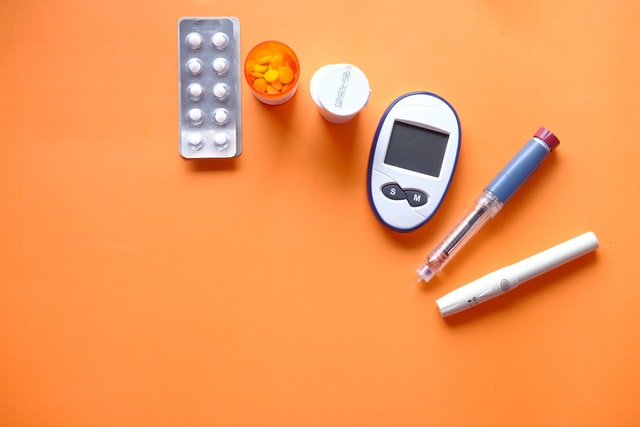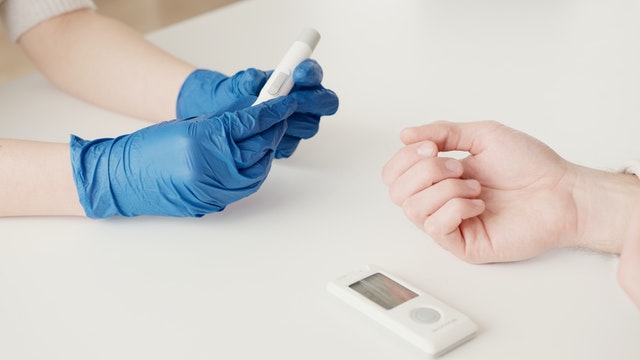Type 2 diabetes is a serious disease that can affect people of all ages, but it is especially harmful to children. Unfortunately, type 2 diabetes in children is on the rise, and it is important for parents to be aware of the signs and symptoms so they can get their child treated as soon as possible. Parents should consult with their pediatrician if they suspect their child has type 2 diabetes. Early diagnosis and treatment are crucial for preventing long-term health problems. This blog post will discuss the causes and symptoms of type 2 diabetes in children, as well as the treatment options available.
Causes of Type 2 Diabetes
The causes are unclear, but genetics plays an important role in determining risk. Obesity strongly increases risk for T2DM in Caucasians but not African-Americans. Type 2 diabetes is the most common metabolic disease in children and adolescents, although it can also occur during adulthood and later life. Type 2 cannot be “cured”, but controlled by diet and exercise (or insulin) over a lifetime.

Symptoms
The main symptom of type II diabetes is increased thirst; Type II diabetics will need to urinate more often than usual as well. Other common symptoms include feeling tired, frequent infections, blurred vision, weight loss, slow healing of cuts and bruises (and/or purple discoloration), yeast infections (vaginal or oral), numbness or tingling sensation in hands or feet, heavy sweating at night that wakes people up from sleep especially with the urge to urinate.
Diagnosis
Type II diabetes is diagnosed through the following:
– Patient history, including family history of Type II diabetes
– Physical examination to assess for signs or symptoms of Type II diabetes
– Blood tests to measure sugar levels after fasting and at one hour after drinking a sugary beverage (a 75 g oral glucose tolerance test) may be done if there is significant clinical suspicion, although these tests are not perfect.

Treatment
Type II diabetes is most commonly treated with oral medications; There are many different types, but all act to increase insulin sensitivity, lower gluconeogenesis (glucose formation), decrease lipolysis (lipid breakdown), and/or delay intestinal glucose absorption.
Type II diabetes can also be treated with insulin therapy; this is most commonly done by injection but some Type II diabetics may use an insulin pump or inhaled insulin to supplement their body’s natural production of insulin.
Prognosis
Type II diabetes can be prevented through weight control and exercise, although Type I tends to require insulin injections for the rest of one’s life
The prognosis is highly variable depending on age when it is diagnosed, how long the patient has had diabetes, etc.; both types tend to have a normal life expectancy if well controlled, however Type 1 diabetes carries a higher risk of developing chronic kidney disease, while Type 2 diabetes is associated with an increased risk of heart attack, stroke, and blindness.

How can telemedicine help manage diabetes?
Diabetes is a chronic condition that requires ongoing treatment and management. For people with diabetes, telemedicine can provide an effective way to receive the care they need. Through telemedicine, patients can connect with doctors and other healthcare professionals for treatment and support. This can help people with diabetes stay on track with their treatment plan and manage their diabetes effectively.
Telemedicine can be especially helpful for people who have difficulty getting to the doctor’s office. It can also be a great option for those who live in remote areas or who have limited access to healthcare services. Telemedicine allows patients to receive care from the comfort of their own home, which can be more convenient and comfortable for them.
Telemedicine has also been shown to be cost effective. In many cases, telemedicine can help reduce the need for hospital visits and other healthcare services. This can save patients and their insurance companies money.
Overall, telemedicine can be a helpful tool for people with diabetes. It can provide them with access to the treatment they need and help them manage their diabetes effectively. Telemedicine is an important part of the treatment plan for diabetes and it should be considered when making decisions about care.
Conclusion
Diagnosing type 2 diabetes in children can often lead to a great deal of worry for the parents, but with the right support and expert guidance, especially lifestyle counseling, these children can live a normal life. Occasionally, they may be even cured by future therapies that are currently being developed.
Speaking with any one of our Pediatricians at The VIOS Clinic’s Child Care Clinic will help you understand what your child needs and how we’re here to provide it. We offer all-inclusive telemedicine-enabled support from the day your primary doctor diagnoses your child with diabetes through future treatment and follow-up.
Click on any of the doctor profiles below to select one of our Specialist Pediatricians, for a convenient and hassle-free telemedicine consult.
BLOG AUTHOR
Dr. Ismail Sayeed
Dr. Sayeed is the Medical Director of ViOS, Inc. He is a deeply committed physician entrepreneur & medical blog writer. While building the global infrastructure of the VIOS Clinic, he is dedicated to educate people on the potential of specialist telemedicine for managing chronic diseases.
Read more about him in his author bio

